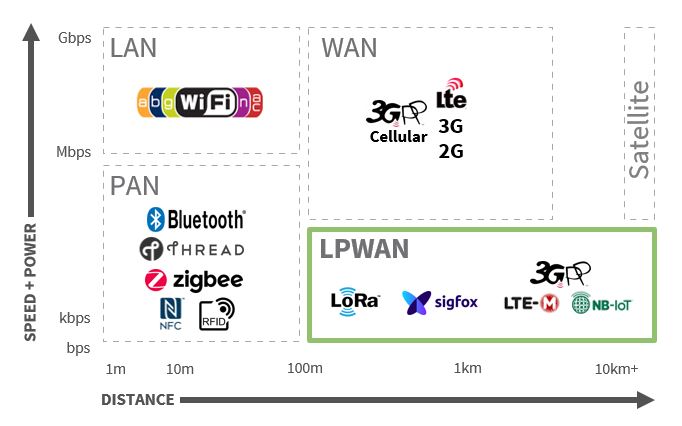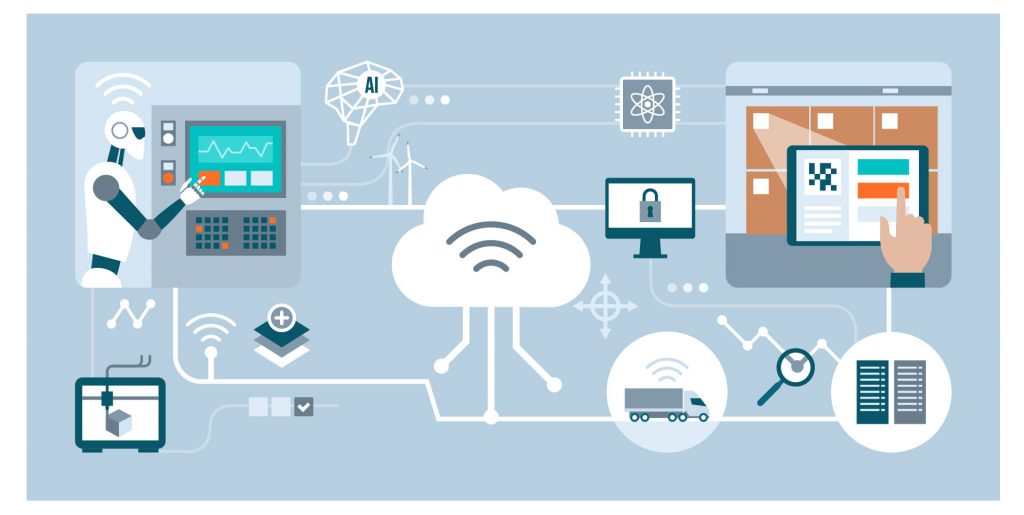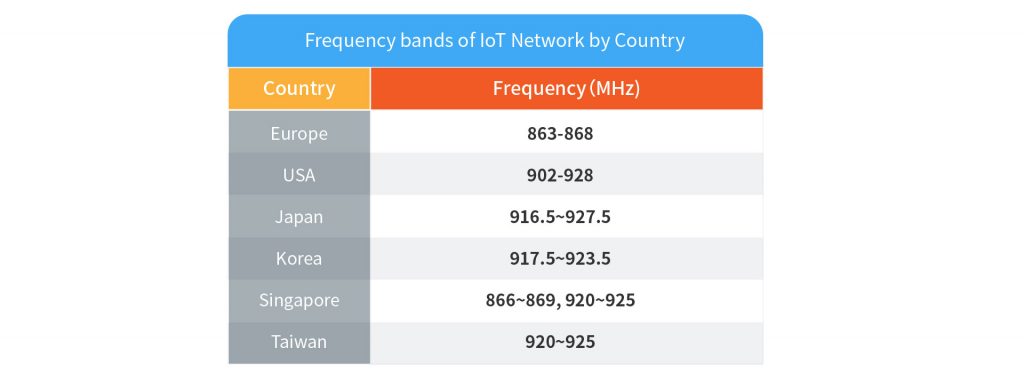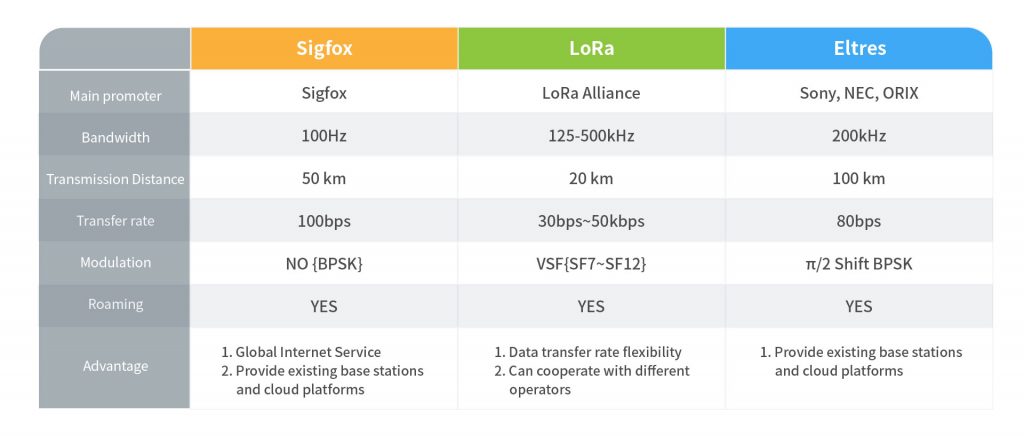Allion Labs | Jim Wang
The Internet of Things (IoT) refers to linking various devices and equipment to weave an interconnected network of cellular devices, and wireless technologies play a key role in building different IoT applications.
In today’s IoT ecosystem, there are classes of wireless technologies, such as LAN, WAN, PAN, LPWAN, and each has different features and specifications for various use cases.
Wireless Technologies in IoT

These different types of wireless technologies differ in distance, transmission rate, and power consumption. In this article, we are going to introduce one of the wireless technologies in IoT– LPWAN. This class of wireless technology is used in large coverage and long-distance communications, as it enables long-range transmissions.
What is LPWAN (Low Power Wide Area Network)?
LPWAN, or Low Power Wide Area Network, is a wide-area, low-power, low-bandwidth wireless communication network. It is a common wireless technology for outdoor and large-scale IoT use cases.
Sensors are linked to form a communication network, and all data are being transmitted to a cloud platform.


LPWAN Licensed v.s. Unlicensed Bands
LPWAN is categorized into licensed and unlicensed frequency bands which are suitable for different applications.
The cost of obtaining licensed band is high, so most licensed bands are used by telecom operators. The unlicensed band, on the other hand, is open to educational, medical, scientific institutions and industries. As long as the transmission power stays within the limited range, vendors can set up their own base stations and utilize the frequency bands.

Frequency bands of IoT Network by Country

Types of LPWAN
We have organized three LPWAN technologies, Sigfox, LoRa and Eltres to give you a better idea of their differences in bandwidth, transmission distance, transfer rate, and other specifications.

Potential Risks in LPWAN networks
As we enjoy the convenience brought by IoT applications, there are some underlying risks that can affect the network and bring unwanted consequences.
- In a complex environment, signal strength can be affected by weather and other environmental factors.
- Some data are lost along transmissions
- Data not being collected in real-time
Product validation ensure the performance your products
Validation and verification play a key role in eliminating the potential risks for your IoT and cellular devices. However, testing is time-consuming and cost-intensive, and developers are often annoyed with the complex testing steps.
Outsourcing verification and validation projects to independent test labs could be a cost-efficient way to ensure your product performance. For instance, Allion has developed test tools such as RF recorder and Player to validate how well your products perform in different scenarios.
The RF recorder and Player can record different sources of signals, enabling engineers to recreate the signals in controlled environments. This is a great way to reduce the cost and accelerate the test cycles. Most importantly, the real-house simulations allow engineers to comprehensively study the issues of your products.
Case Study: Verification of GPS sensors
Sometimes GPS sensors can be affected by interferences in the ambient environment and becomes unstable. One of the means to ensure the stability of your GPS sensors is to validate their performances under different scenarios. With Allion RF recorder, we can record real-life signals and replay them in controlled test labs. This allows us to find the root cause of the issues and modify the product.
Record real signal sources in different scenarios

Playback real signal sources that can be reused

Path drawing after data processing

For more information on the validations of LPWAN, please contact us at service@allion.com






































